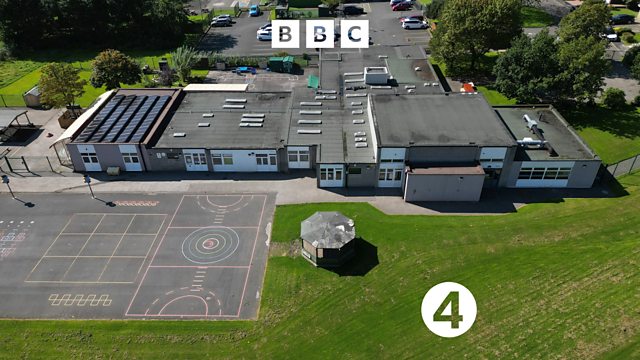No concrete plans?
Over 100 schools in England have discovered they’ve been built with crumbling RAAC concrete. How many more public buildings in the UK are at risk?
Some school buildings in England have been forced to close or do urgent repairs because they’re built with a potentially crumbling material, reinforced autoclave aerated concrete, known as RAAC. Lightweight and cheap, RAAC was widely used during the post-war building boom of the 1950s, 60s and 70s. But it has a limited shelf-life, which experts have been aware of for the last 30 years. And poor maintenance of buildings has added to the risks of sudden and catastrophic collapse.
But are schools just the tip of the iceberg? David Aaronovitch asks how widespread is the risk – and what structural solutions are available for schools, hospitals and other buildings that contain RAAC?
David Aaronovitch talks to:
Prof Phil Purnell, Professor of Materials and Structures, University of Leeds;
Laura McInerney, education journalist, public speaker and co-founder of Teacher Tapp;
Adrian Tagg, Associate Professor in Building Surveying at Reading University and a current practising chartered buildings surveyor;
Sergio Cavalaro, Professor of Infrastructure Systems at the School of Architecture, Building and Civil Engineering, Loughborough University.
Production: Ben Carter, Kirsteen Knight, Sally Abrahams
Production Co-ordinator: Sophie Hill and Debbie Richford
Sound: Graham Puddifoot
Editor: Richard Vadon
(Correction: In this programme we said that 100 schools in the UK had closed due to issues with RAAC. This is incorrect. Although RAAC has been identified in more than 100 schools, most of them have remained open)
Last on
More episodes
Previous
Broadcasts
- Thu 7 Sep 2023 20:00����ý Radio 4
- Fri 8 Sep 2023 11:00����ý Radio 4
Podcast
-
![]()
The Briefing Room
David Aaronovitch presents in-depth explainers on big issues in the news.


